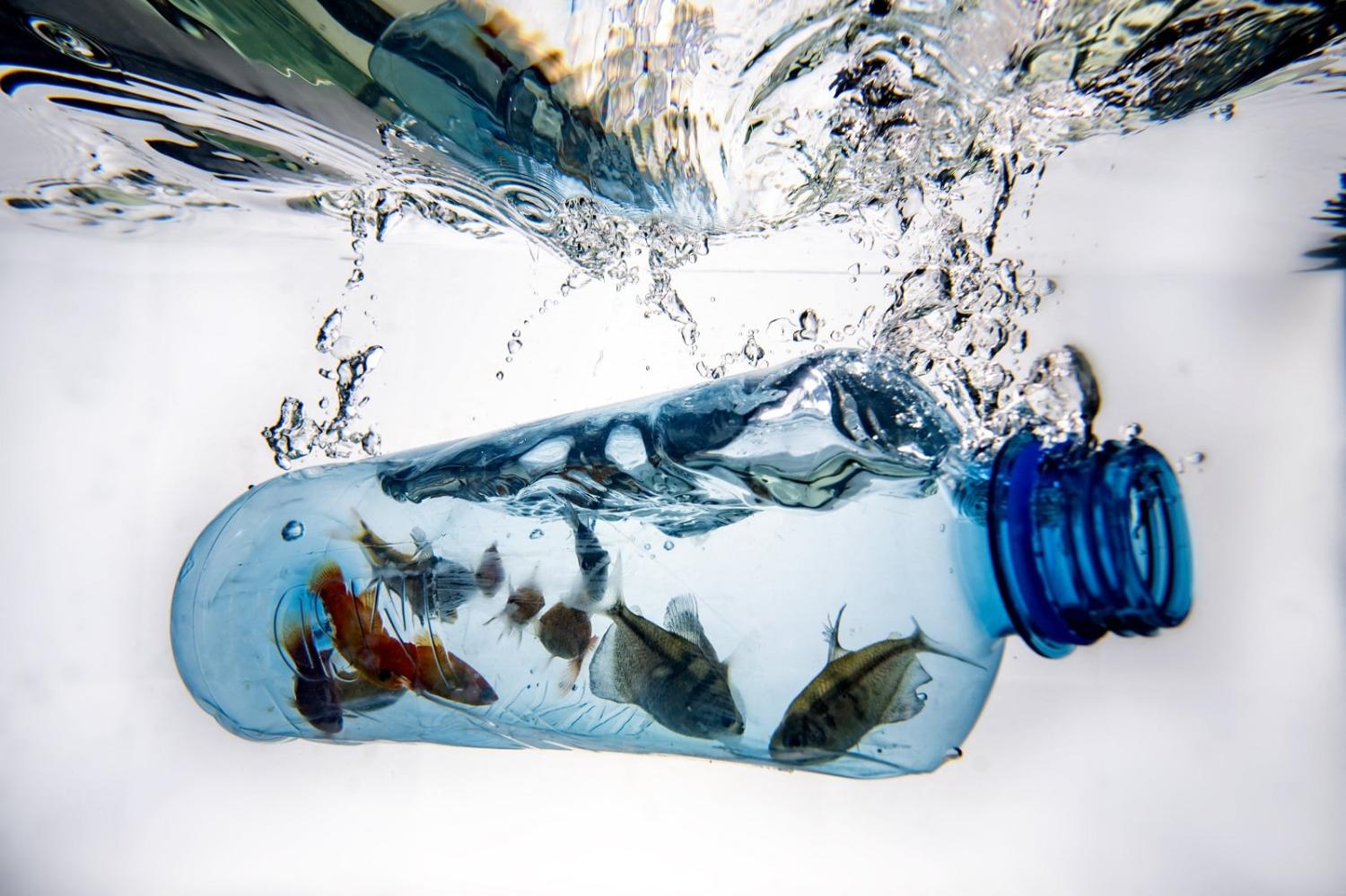During a summer break, The Interpreter will feature selected articles each day from throughout the past year. Normal publishing will resume 15 January, 2024. This article first appeared on 15 March, 2023.
After nearly two decades of discussion and negotiation, on 5 March the United Nations announced a new agreement on the conservation and sustainable use of marine biological diversity of areas beyond national jurisdiction. Referred to as the BBNJ agreement – Biodiversity Beyond Areas of National Jurisdiction – the text is an important step towards protecting and preserving marine ecosystems in the largest natural habitat on Earth.
The agreement applies to the high seas, which cover more than 60 per cent of the Earth’s surface, are home to more than 10 million species, and are not part of the jurisdiction of any one state. They are described as a “common heritage of mankind” – an ethical and legal concept applied to areas that are protected from exploitation by individual states or corporations, and placed under shared international management for the benefit of all.
The high seas are sometimes depicted as a lawless frontier or anarchical no-man’s land, difficult to govern due to their vastness and remoteness. That they are “lawless”, however, is not entirely accurate: there is a range of global and regional agreements that contribute to “ocean governance”, including the United Nations Convention on the Law of the Sea (UNCLOS) – the so-called “constitution for the oceans”.
Biodiversity in the high seas faces a range of threats such as overexploitation, pollution and the effects of climate change, including ocean acidification. The BBNJ agreement creates collective obligations for states to protect and preserve these maritime environments to ensure their resiliency and sustainability for future generations.
The agreement has four main parts: Marine Genetic Resources (MGR); Area-based management tools such as Marine Protected Areas (MPAs); Environmental Impact Assessments; and capacity-building and the Transfer of Marine Technology.

Australia itself is caretaker of a vast oceanic area, with an Exclusive Economic Zone of around eight million square kilometres. It makes sense for a maritime nation to work collectively as part of the international community to protect and preserve the oceans, especially as maritime areas are fluid, interconnected and cannot be bounded in the same way as territory.
Australia has a long history of contributing to global ocean governance. It had influence in negotiating the 1982 UNCLOS. It also recognised early on the need for a new legal framework to protect BBNJ. In 2001, Australia jointly convened Rolling in the Deep: Vilm Workshop, which played a key role in the 2002 World Summit on Sustainable Development, and organised “the first major international workshop on the Governance of High Seas Biodiversity Conservation” in 2003, held in Cairns. Unsurprisingly, Australia has also been an active player in the BBNJ negotiations.
The negotiations reaffirmed that there is still value in pursuing international cooperation via multilateralism to manage complex global issues. Indeed, the spokesperson for the UN Secretary-General declared this a “victory for multilateralism”. However, the hard work starts now in operationalising the agreement as it sets out a framework for developing area-based management tools such as MPAs.
Australia has experience in developing MPAs to protect biodiversity and ecosystems in the high seas, so could draw upon this in enhancing its active leadership. For example, Australia played a key role in establishing the two current MPAs in the Southern Ocean: on the South Orkney Islands southern shelf (established 2009) and in the Ross Sea region (established 2016). It is also a co-proponent of the East Antarctica and Weddell Sea MPA proposals currently under consideration by the Commission for the Conservation of Antarctic Marine Living Resources. Consequently, Australia sought to protect the prominence of Regional Fisheries Management Organisations in the global governance regime.
The text of the BBNJ recognises the importance of a “just and equitable international economic order”, taking into account the “special interests and needs of developing states”, and recognises the rights of indigenous peoples and local communities. To preserve the high seas as a “global commons”, the BBNJ agreement declares that states cannot hold sovereignty over Marine Genetic Resources in the high seas, and monetary benefits of MGR and “digital sea information” will be shared via a funding mechanism. MGR are any materials of marine plane, animal, microbial or other organisms containing actual or potential value, for example when used in medical developments such as the experimental breast cancer drug made from Japanese sea sponges.
BBNJ negotiations almost got stuck over the matter of MGR profit-sharing. On the issue of the text around preferential treatment, Australia sided with other developed countries. During the Fourth Session of the Preparatory Committee on BBNJ in 2017, for example, various coalitions called for preferential treatment and “access procedures” for Small Island Developing States (SIDS) and Least Developed Countries (LDCs). It was reported that Australia suggested “removing reference to preferential treatment for developing countries”, supported by the United States, the European Union, Japan, Canada and Switzerland.
Nevertheless, Australia has sought to demonstrate its middle-power credentials through diplomatic leadership and “norm entrepreneurship” in oceans governance – creating new frameworks to help address emerging issues and fill the gaps in the existing order. Such an approach to Australian international relations should be promoted and encouraged.

